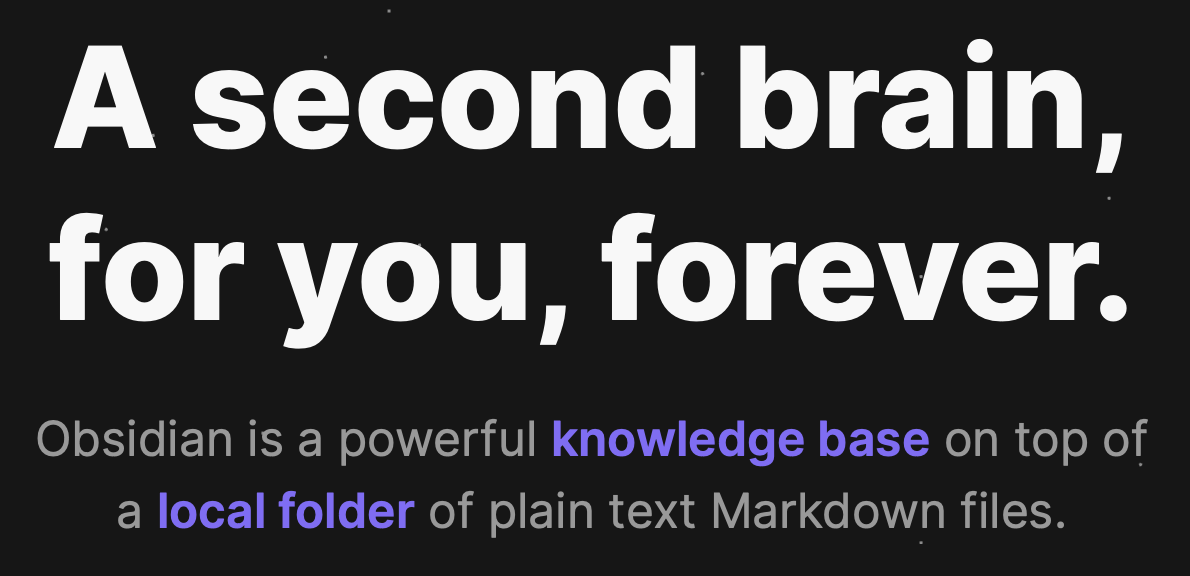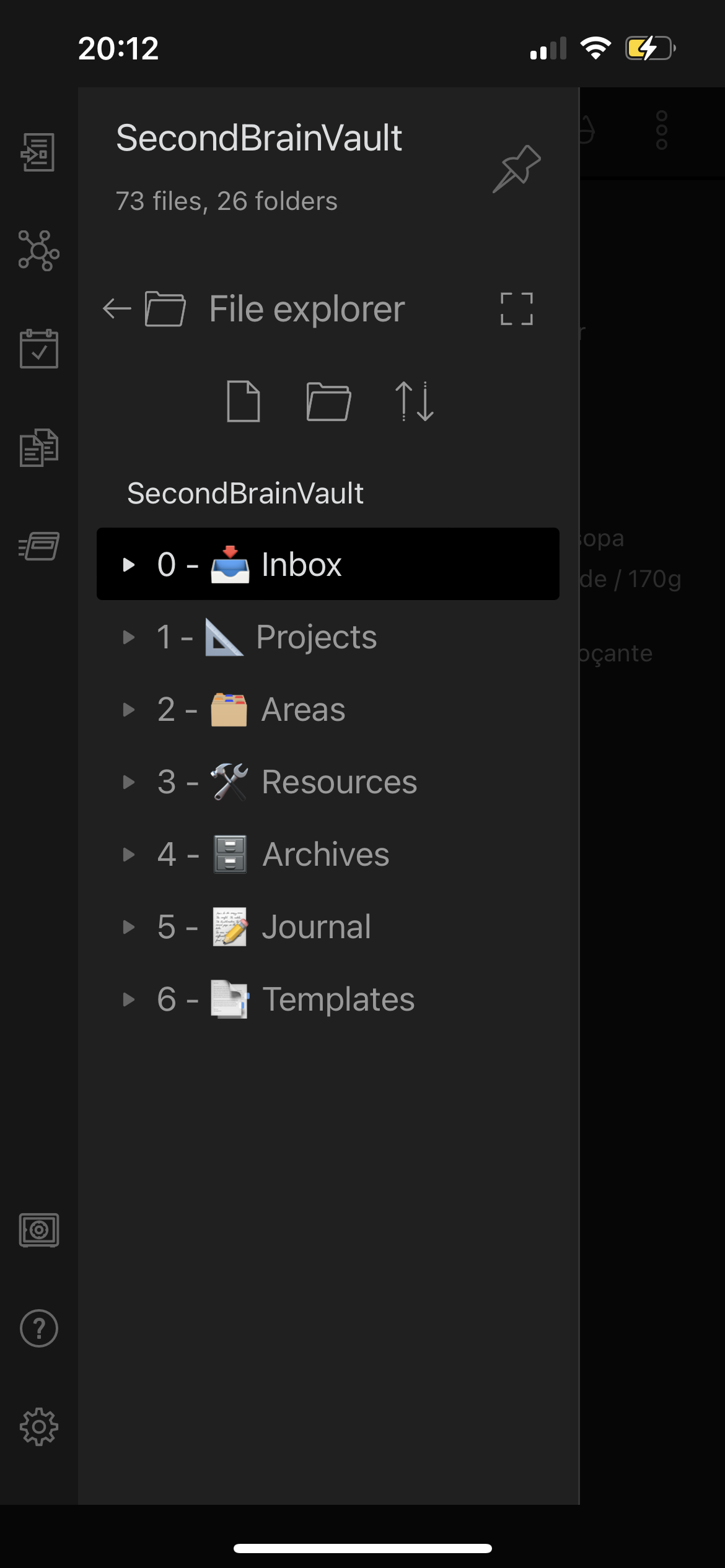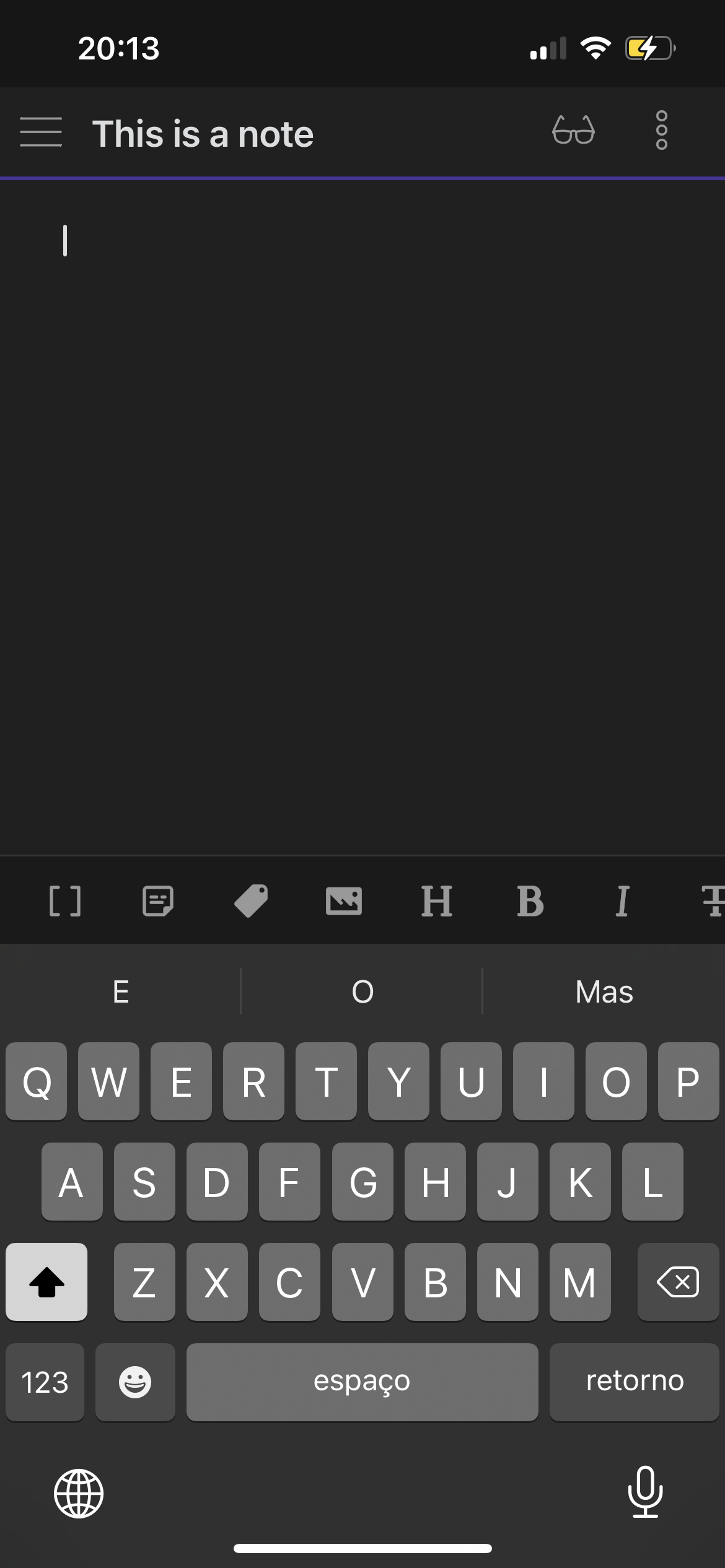Life as an Experiment - Building a Second Brain

Experiment: Organize my digital notes to Building a Second Brain
Why: Organize the notes in a useful and organized way.
I use to take a lot of notes, and every time I navigate in my notes, I feel it's a messy. I tried sometimes get all the stuff in place, but was unsuccessfull on that. I thought, Ok, it is what it is, I just can not organize my notes in a better way. But then, I gave to a friend of mine on his bithday, a book he had on his wishlist called "Building a Second Brain" from Tiago Forte.

It's a methodology for organizing your digital notes in order to Build a Second Brain (BASB), an idea built on top of the Knowledge Management.
Knowledge management (KM) is the collection of methods relating to creating, sharing, using and managing the knowledge and information of an organization.[1] It refers to a multidisciplinary approach to achieve organisational objectives by making the best use of knowledge.[2]
You can find a pretty good overview about the book in the the post Building a Second Brain: An Overview and a this illustraded notes.
Tools
The best way for starting organizing your notes, is finding the right tool for it, and the correct tools may be related to your notetaking style. In a general way, there is about 4 categories you can fit in:
- The Architect
- The Gardener
- The Librarian
- The Student
For an overview about these categories, take a look in the post from Tiago: The 4 Notetaking Styles: How to Choose a Digital Notes App as Your Second Brain
You can also watch a serie of videos related to that, also from Forte:
• PART 1: Discover Your Notetaking Style
• PART 2: 75% of Notetakers Use These 4 Apps
• PART 3: Pick Yours: The BEST Notes Apps of 2022
• PART 4: The First 30 Days: Start Using a Notes App
My friend wrote a post in Portuguese about the process of choosing the right tools and some considerations.
Obsidian

In my case, I decided to use Obsidian, one of the options that suits well for The Gardener style, and one of the best available tools for knowlede management. It's great for linking notes, connecting ideas and have a good support for iOS and macOS. It's also uses markdown format and store the files on my computer, so I don't get locked to a vendor.

It's a free app, but you just get sync feature and end-to-end encryption with subscribed plans, that's about US$8/month for the anual plan.
First impressions
It's not that easy being comfortable when starting using it, due it's minimalist interface and the use of markdown use. But as soon you got used to it, you understand why it works that way.
Folder structure
I organized my folder structure according the P.A.R.A Method

But beyond these, I added 3 more:
Inbox folder: for puts all new notes bet categorize it;
Journal folder: with my daily journaling notes;
Templates folder: with templates I use across Obsidian.


Plugins
You have two categories of plugins you can use to extend the funcionalitty of the tool, the CORE plugins, with options from the app itself, and about 630 COMMUNITY plugins. But out of the box, you can do amazing things with it.
Right know I'm using just the Calendar plugin, but there bunch more I want to try as soon as I get more confortable using it.
Conclusions
I've just started to using and configuring it, there is a long way to go. But, with two days of use, I already started to see value on organizing and linking notes and ideias acoording this way. I will read the book know, but I'm really excited with whats about to come.


